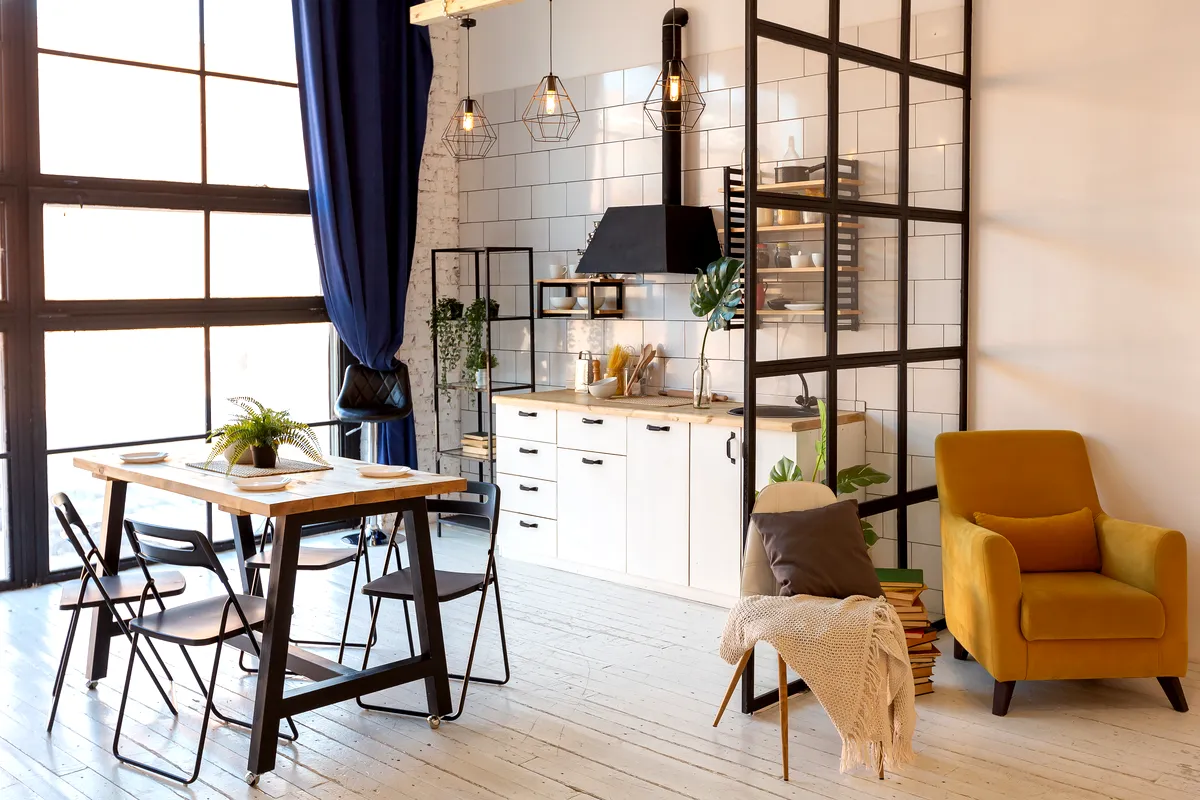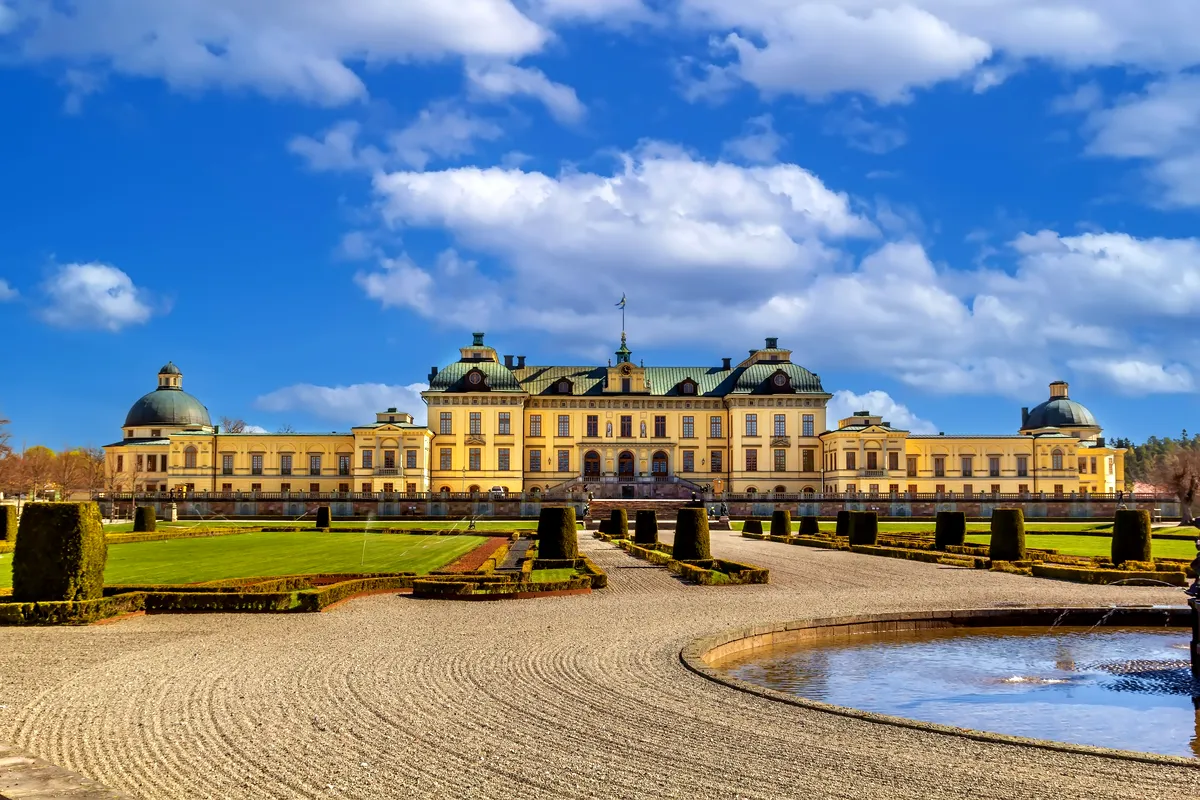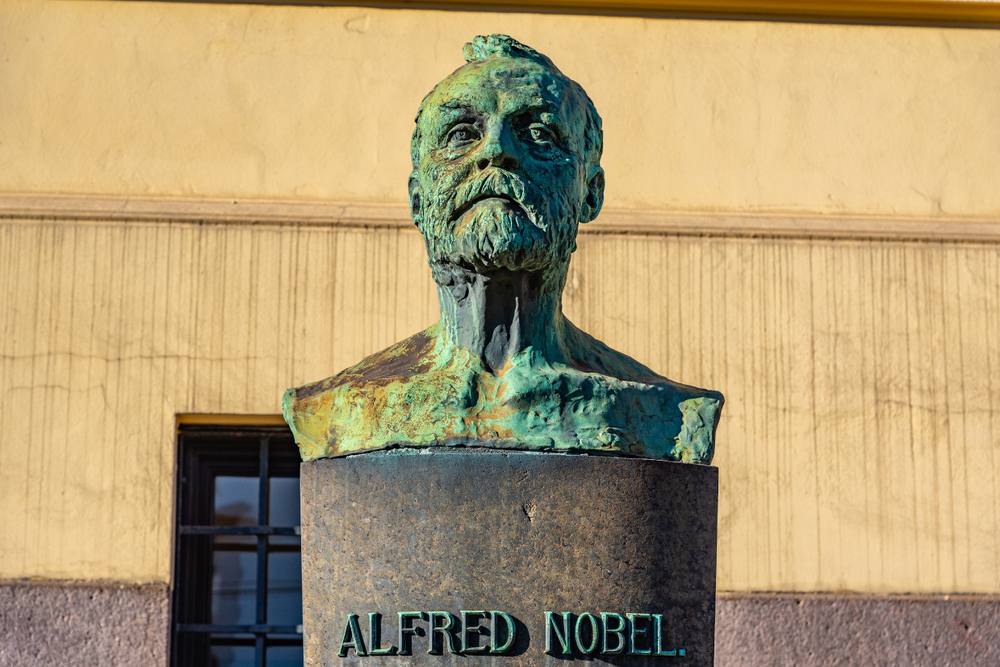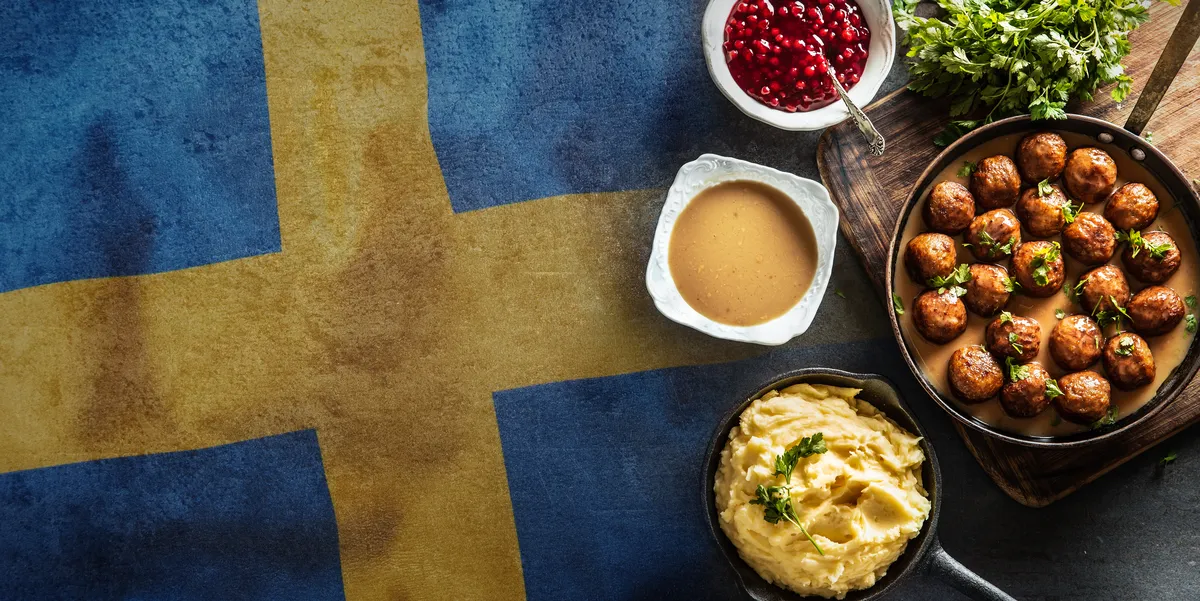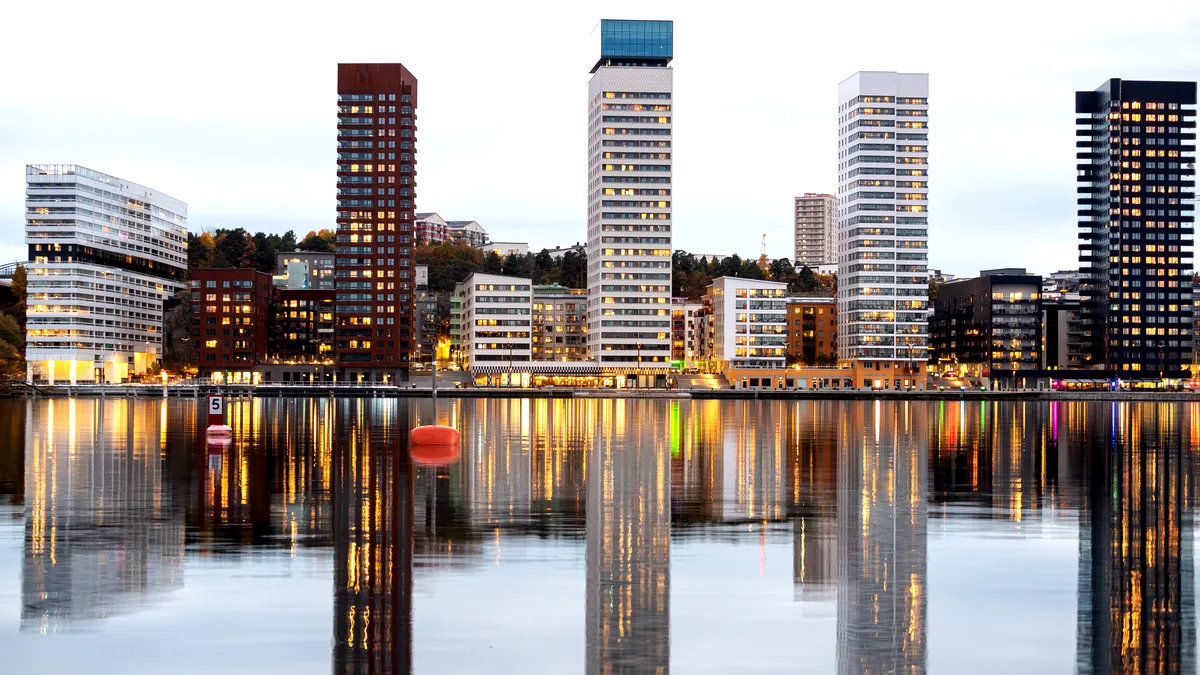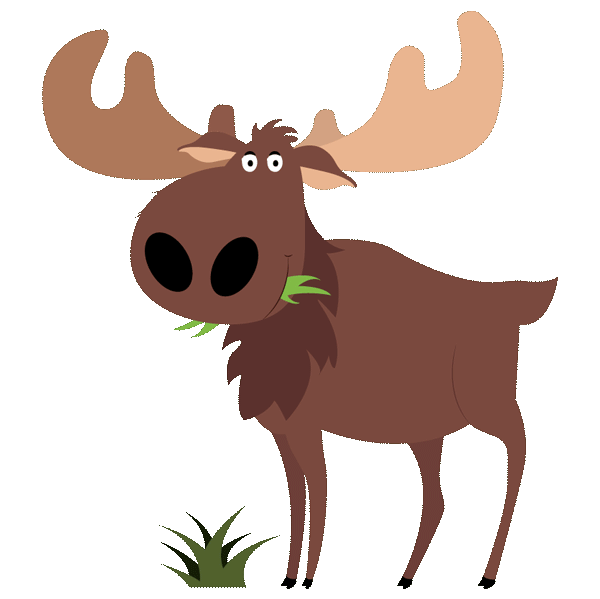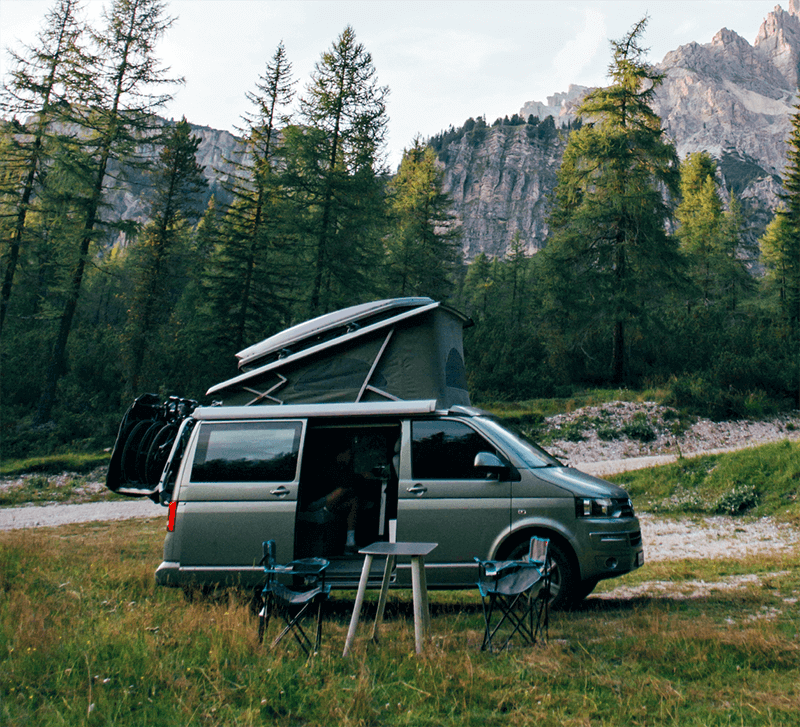Scandinavian folk art is a rich and vibrant tradition that reflects the culture, history, and natural beauty of the Nordic region. From Sweden to Norway and Denmark, each country has its unique take on folk art, characterized by bright colors, intricate patterns, and a deep connection to rural life. Whether it's traditional woodcarving, textile designs, or painting, Scandinavian folk art continues to inspire both artists and admirers today.
History of Scandinavian Folk Art
The origins of Scandinavian folk art date back centuries, with many styles and techniques influenced by rural communities and their connection to nature. Folk art developed as a form of self-expression among farmers and villagers, who decorated their homes, furniture, and clothing with bright, elaborate designs. These motifs often depicted natural elements like flowers, animals, and landscapes, creating a visual connection between the people and their surroundings.
As Nordic societies grew, folk art became an important way for communities to preserve their cultural identity. In Sweden, traditional folk art reached its peak in the 18th and 19th centuries, with regions like Dalarna becoming famous for their decorative styles.
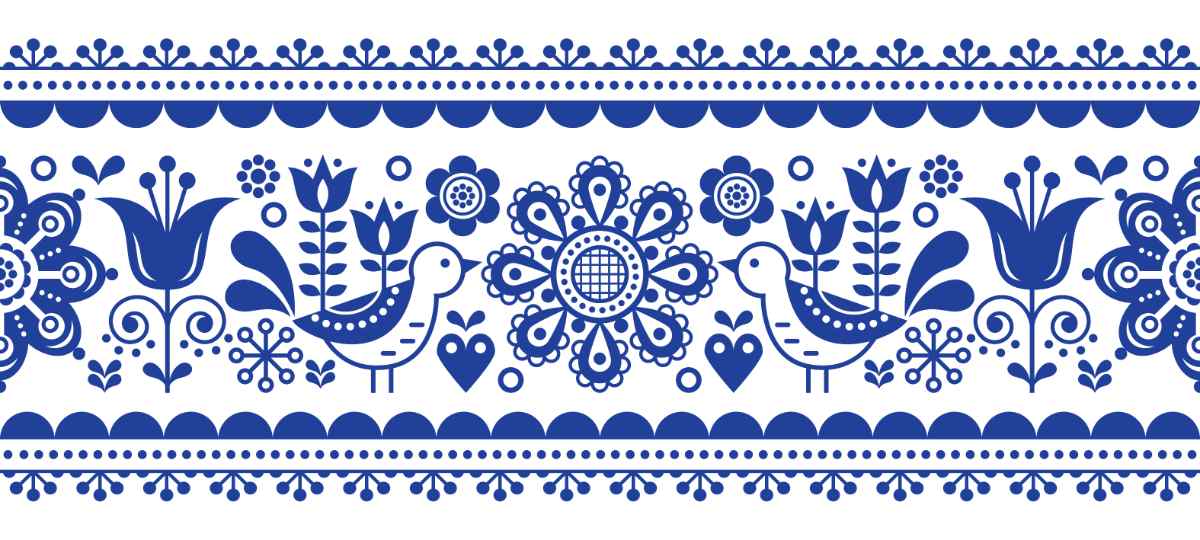
Key Characteristics of Scandinavian Folk Art
Scandinavian folk art is known for its distinctive and lively features. Here are some key characteristics that set it apart from other art forms:
- Bold Colors: Bright hues of red, blue, green, and yellow are common in Scandinavian folk art, often set against darker backgrounds to create contrast.
- Geometric Patterns and Symmetry: Many designs feature symmetrical patterns, often incorporating geometric shapes, circles, and straight lines.
- Nature-Inspired Motifs: Flowers, leaves, and animals like horses and birds are frequent motifs, symbolizing the region's deep connection to nature.
- Handcrafted Techniques: Most Scandinavian folk art is crafted by hand, with techniques like woodcarving, embroidery, and painting passed down through generations.
These characteristics give Scandinavian folk art its timeless charm and appeal, making it a beloved tradition that continues to inspire modern design today.
Popular Scandinavian Folk Art Forms
1. Dala Horse (Dalecarlian Horse)
One of the most famous symbols of Swedish folk art is the Dala horse. These wooden horses, painted in bright reds and blues with intricate patterns, originate from the Dalarna region of Sweden. Historically, these horses were carved as toys, but they quickly became an important cultural symbol of Sweden. Today, Dala horses are cherished as traditional keepsakes and can be found in homes across Sweden and beyond.

2. Rosemaling
Rosemaling is a style of decorative painting that originated in Norway but has had a strong influence on Swedish folk art as well. It features flowing, curved patterns often resembling floral designs, painted on wooden furniture, walls, and even household items like bowls and plates. Rosemaling is characterized by its detailed brushwork and vibrant colors.
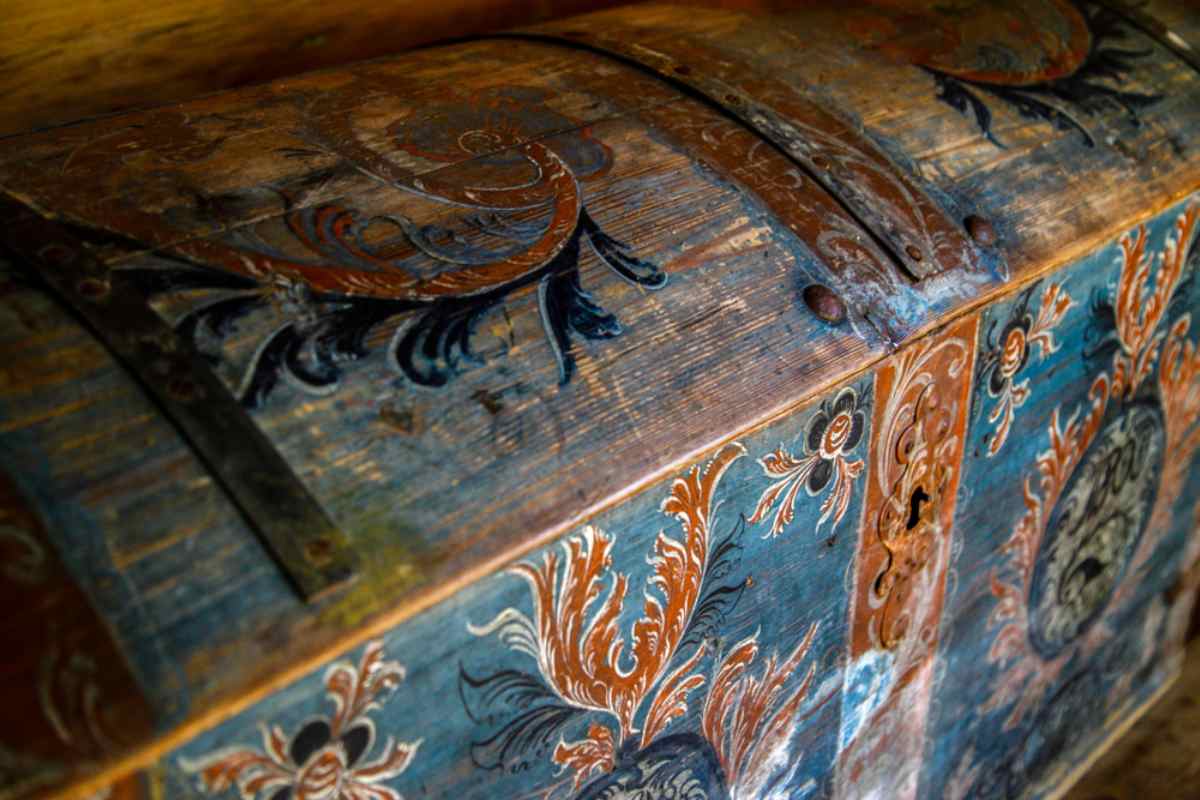
3. Textile Arts
Textile arts have a long history in Scandinavia, especially in Sweden where traditional weaving and embroidery techniques are still practiced today. Textiles often feature bold geometric patterns and symbolic motifs, with each region having its own distinct style. In rural communities, hand-woven tapestries and blankets played a crucial role in both practical use and cultural expression.

4. Woodcarving
Woodcarving is another significant aspect of Nordic folk art, particularly in the form of ornamental furniture and small decorative items. Traditional Scandinavian homes often featured elaborately carved chairs, beds, and chests, decorated with intricate floral or animal motifs. This practice continues today, with many artisans using traditional techniques to create modern interpretations of classic designs.
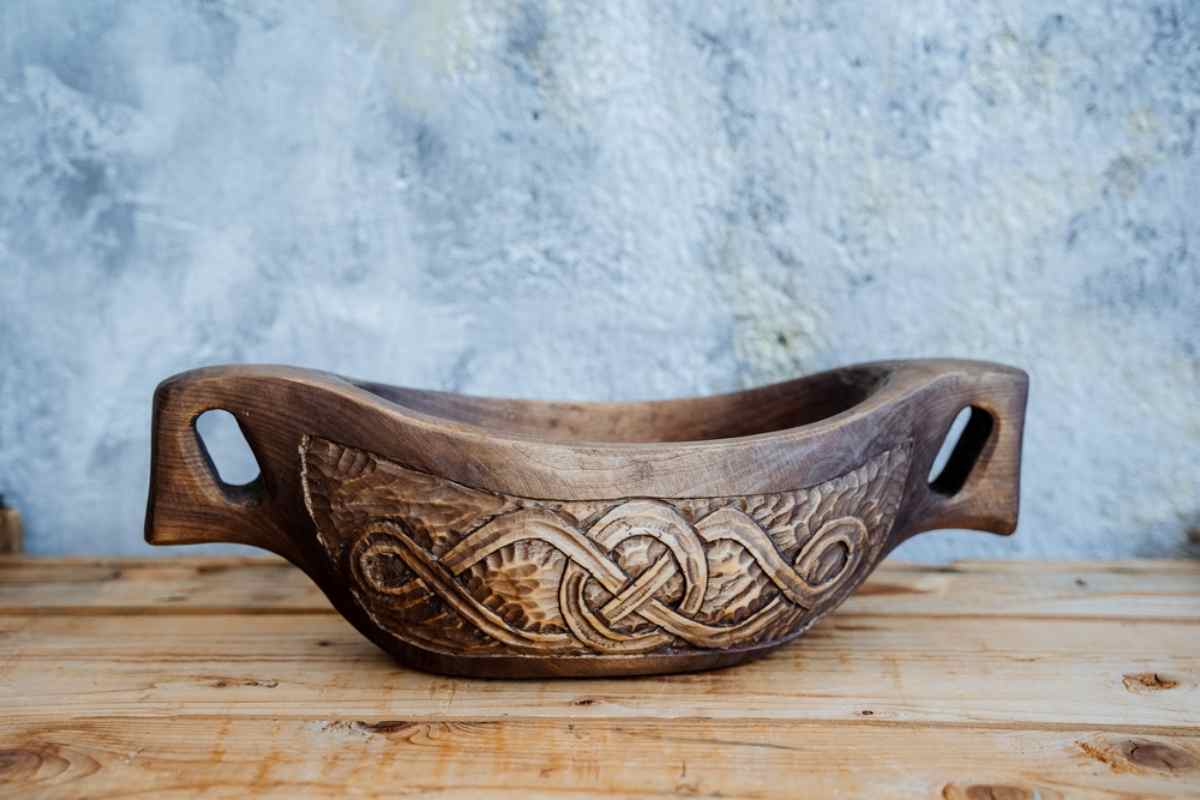
Scandinavian Folk Art and Everyday Life
For centuries, Scandinavian folk art was woven into the daily lives of people in rural communities. Homes were often filled with handcrafted items, from painted furniture to embroidered textiles, reflecting the creativity and craftsmanship of the inhabitants. Folk art also played a significant role in celebrations and holidays, with handmade decorations used during Christmas, Midsummer, and other festive occasions.
The connection between art and nature is especially evident in the region's agricultural traditions, where people used natural materials like wood, wool, and plant dyes to create their art. This close relationship with the environment is still reflected in the designs of modern Scandinavian folk art.
Contemporary Scandinavian Folk Art
While rooted in tradition, Scandinavian folk art continues to evolve, influencing modern design and artistic practices. Today, many artists and designers draw inspiration from traditional folk motifs, incorporating them into contemporary works. For instance, Scandinavian textile patterns have made a comeback in modern interior design, with minimalist homes featuring tapestries and weavings that evoke a sense of Nordic heritage.
Art fairs and exhibitions in Sweden and across Scandinavia frequently showcase modern interpretations of traditional folk art, blending old techniques with new materials and ideas. This ongoing revival has ensured that the tradition remains vibrant and relevant in today’s art world.
Famous Scandinavian Folk Artists
Several renowned artists have contributed to the preservation and evolution of Scandinavian folk art. Karin Larsson, wife of the famous Swedish painter Carl Larsson, was known for her beautiful embroidery and textile work, much of which was inspired by traditional Swedish folk designs. Carl Larsson himself captured many elements of Swedish folk life in his paintings, helping to popularize these artistic traditions on a broader scale.
Another notable figure is Anders Zorn, one of Sweden’s most celebrated artists, who often incorporated elements of folk art into his portraiture and genre scenes. His depictions of Swedish rural life reflect the simplicity and beauty of folk traditions.
View this post on Instagram
A Call to Explore Sweden’s Artistic Heritage
For art lovers and travelers alike, exploring the rich tradition of Scandinavian folk art is an experience not to be missed. From intricate woodcarvings to vibrant textiles, these art forms offer a glimpse into the history and soul of the region. If you're planning a trip to Sweden, consider renting a campervan from Campervan Sweden for a comfortable and flexible way to discover the country’s artistic treasures.
Take the time to explore Sweden’s folk art museums and workshops, where artisans still practice these traditional crafts. Whether you're collecting a hand-painted Dala horse or admiring the detailed tapestries, Scandinavian folk art offers a connection to the past that resonates in today’s world.

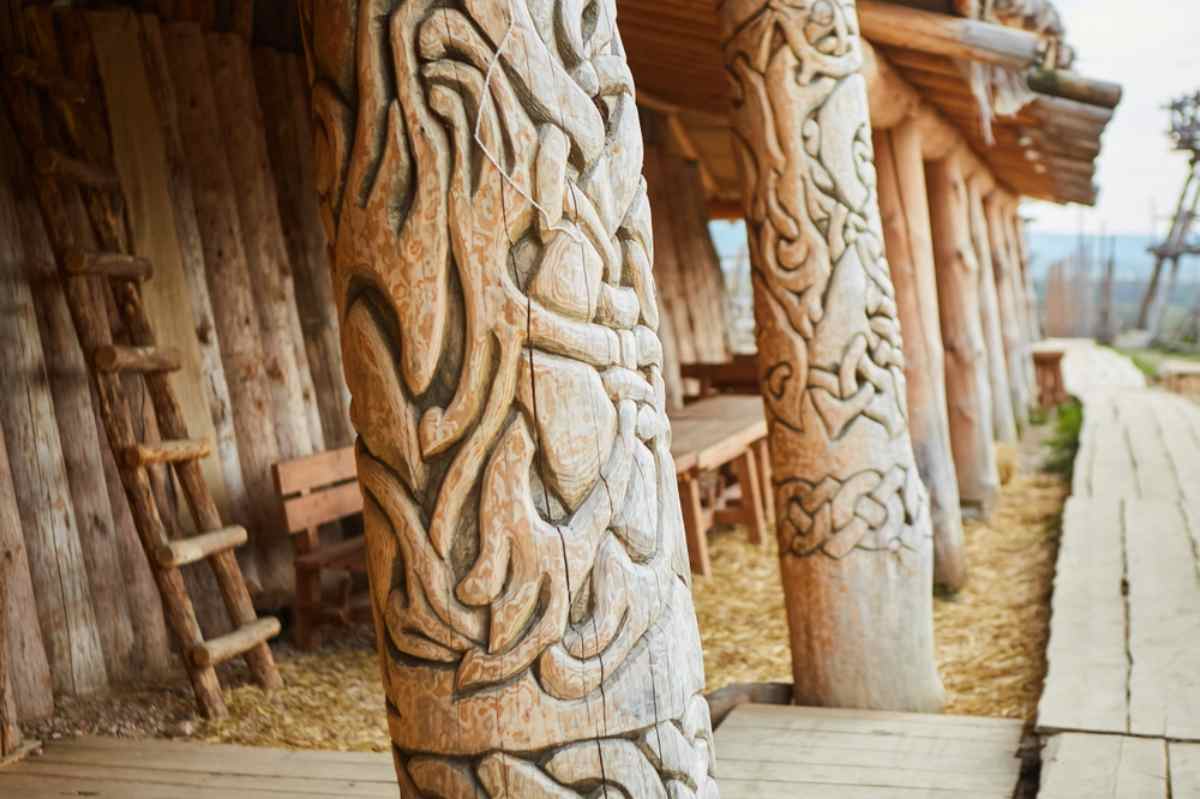
 By
By

